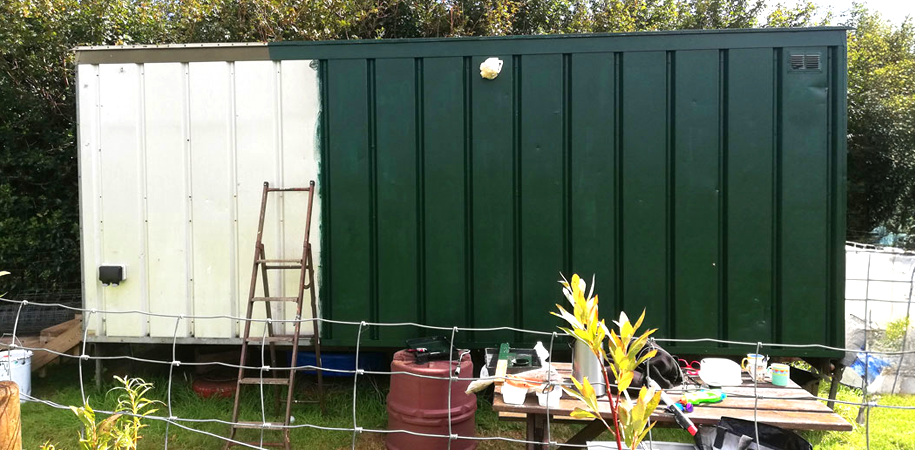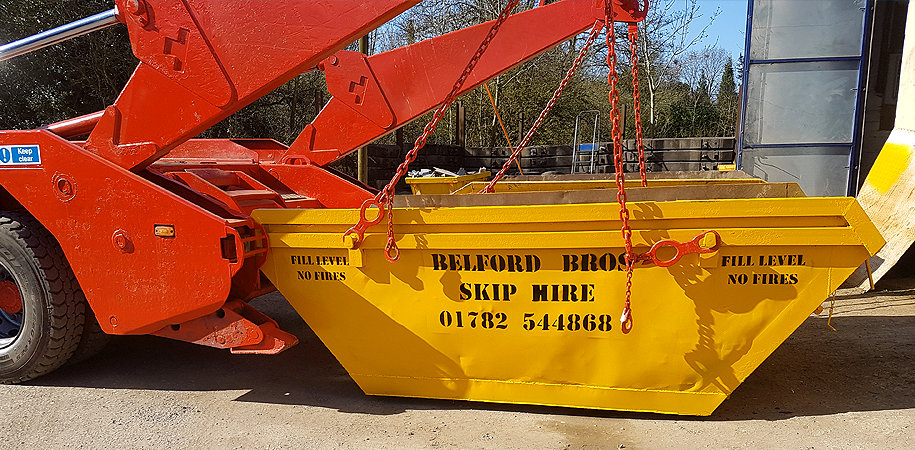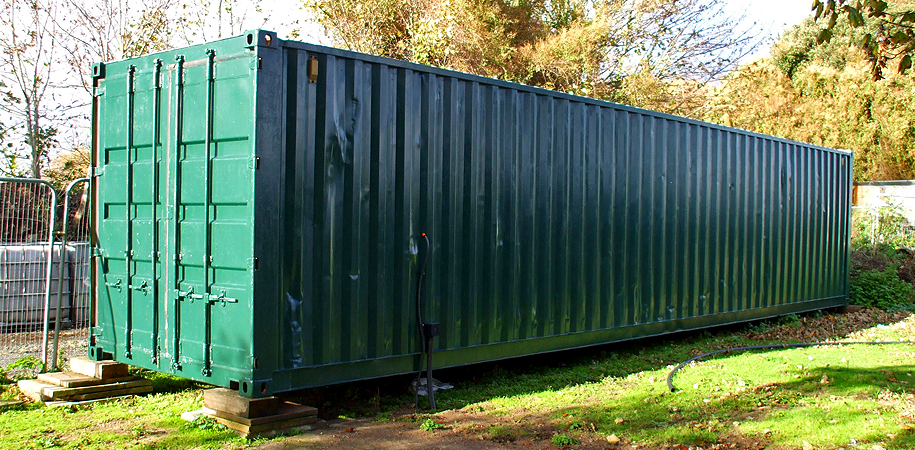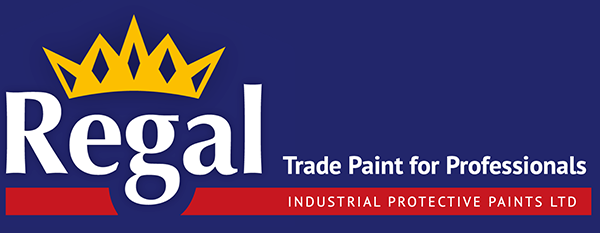Regal Paint Articles
Skip Paint: Tips for Preserving Industrial Equipment

Skip Paint: Tips for Preserving Industrial Equipment
In industrial environments, skips are essential for waste management, but they endure tough conditions that can lead to significant wear and tear. Constant exposure to harsh weather, heavy loads, and impacts makes them susceptible to corrosion and physical damage. Applying high-quality skip paint is an effective way to protect these essential tools, shielding them from rust, abrasions, and environmental elements. By enhancing durability, it helps extend the life of skips and reduces the need for costly replacements.
In this article, we’ll delve into the benefits of high-quality skip paint and share practical tips for keeping industrial skips in peak condition for years to come.

Why it’s Important to Protect Skips with Paint

Industrial skips are exposed to tough environments daily, including heavy loads, rough handling, and harsh weather conditions. Without adequate protection, they can quickly deteriorate due to corrosion, rusting when exposed to moisture, and sustaining damage from impacts. Over time, this can lead to costly repairs or replacements, reducing the efficiency and longevity of the skips.
Using high-quality skip paint creates a protective barrier that prevents corrosion and damage, ultimately extending the lifespan of the skips and containers, and helping companies avoid unnecessary downtime and expenses. Regular maintenance with the right paint also ensures skips remain functional and visually presentable, making them safer and more durable for long-term use.

Types of Damage Skips Encounter

Industrial skips are exposed to several damaging factors that can compromise their functionality over time. These include corrosion, physical impacts, and environmental exposure, all of which need to be addressed to maintain the integrity of the equipment. Let’s break these down further:
Corrosion from Moisture & Chemicals
One of the most common issues skips face is corrosion, particularly when they are exposed to moisture and industrial chemicals. When left untreated, rust can spread across the surface, weakening the metal and reducing the lifespan of the skip. Regular exposure to rain, humidity, and even industrial by-products accelerates this process, making corrosion protection vital.
Physical Impact Damage
Skips are constantly subjected to heavy use, including the loading and unloading of materials, which can cause dents, scratches, and abrasions. These impacts can expose the bare metal underneath the paint, making the skip more susceptible to rust and structural damage. Over time, repeated impacts can deform the skip, making it less efficient and more prone to failure.
Environmental Wear & Tear
Skips that are used outdoors are frequently exposed to varying weather conditions such as extreme temperatures, UV rays, and freezing conditions. Prolonged sun exposure can fade and degrade standard paints while freezing temperatures can cause the metal to become brittle. Additionally, exposure to road salts or industrial pollutants can further erode the protective coating, leading to quicker deterioration.

How High-Quality Skip Paint Can Help Ensure Longevity

High-quality skip paint plays an important role in protecting skips from the harsh conditions they face. It creates a durable, long-lasting barrier that resists corrosion, impact damage, and weather-related wear. These paints are specifically designed to adhere to metal surfaces, providing strong protection even in the most demanding environments.
Features such as corrosion resistance help prevent rust from forming, while impact durability ensures the skip withstands heavy use without losing structural integrity. Weatherproofing properties also safeguard against damage from rain, UV rays, and extreme temperatures, making high-quality paint essential for long-term equipment preservation.
Check Out Our Customer Project: Container Paint for Watcombe Wanderers FC

Best Practices for Painting Skips

Proper preparation and application are essential to ensure skip paint provides maximum protection and durability. Here’s our guide to achieving the best results when painting skips:
Surface Preparation
Before applying any paint, the skip’s surface must be thoroughly cleaned to remove dirt, grease, rust, and loose debris. Pressure washing or using industrial cleaners is recommended to ensure the surface is fully prepared. Any rust scale must be removed using a wire brush or angle-grinder with brush attachment.
Priming the Surface
Using a suitable metal primer is critical, especially on metal surfaces that have been exposed to rust or damage. A primer enhances the adhesion of the topcoat, offering a stronger bond between the paint and the metal. Regal anticorrosive primers contain phosphate which provides an extra layer of protection against corrosion.
Paint Application Methods
The paint can be applied using different tools depending on the size of the skip, the desired finish, and the type of paint. Each method offers specific advantages and is suitable for different scenarios:
Brushes
Best for detailed work, small areas, or when precision is required. Brushes are ideal for touch-ups or getting into tight corners where other tools may struggle. They provide good control but can leave visible brush marks if not applied carefully.
Rollers
Suitable for covering larger, flat surfaces quickly. Rollers offer an even application and are efficient for applying thick coats of paint. They are a good option for skips that need a smooth, even finish, but they may struggle with uneven or contoured surfaces.
Sprayers
Paint sprayers are highly effective for covering large areas swiftly and evenly. They create a smooth, professional finish with no visible brush marks and can easily coat complex shapes and hard-to-reach areas. However, sprayers require more preparation and care to avoid overspray and ensure even coverage. Sprayers are typically the best choice for large-scale projects or when working with high-build paints.
Drying and Curing
Following manufacturer guidelines on drying and curing times is essential. Skipping these steps can result in curing issues and solvent entrapment. Allowing sufficient time for each coat to dry fully before applying the next is important to avoid solvent entrapment and hindered through-cure.
Regular Maintenance
Even after proper application, skips should be inspected regularly for signs of wear or damage. Touching up areas where the paint has chipped or been damaged can help maintain the protection provided by the original coat and prevent the onset of rust or further damage. Regular maintenance ensures the longevity of the skip’s protective coating and helps avoid costly repairs or replacements.

Preserve Your Skip With Industrial Skip Paint
Using skip paint is vital for protecting industrial skips from corrosion, impact damage, and environmental wear. High-quality options, such as Regal Skip and Container Paint, provide long-lasting protection, reducing the need for frequent repairs or replacements.
Regular maintenance with the right protective coatings ensures skips remain durable and efficient, even in the most demanding conditions. This approach enhances the lifespan of equipment and supports smooth operations across industrial environments.
Ready to protect your skips? Explore Regal Paint’s range of
premium skip paints today and invest in a durable, cost-effective solution for your industrial equipment.

